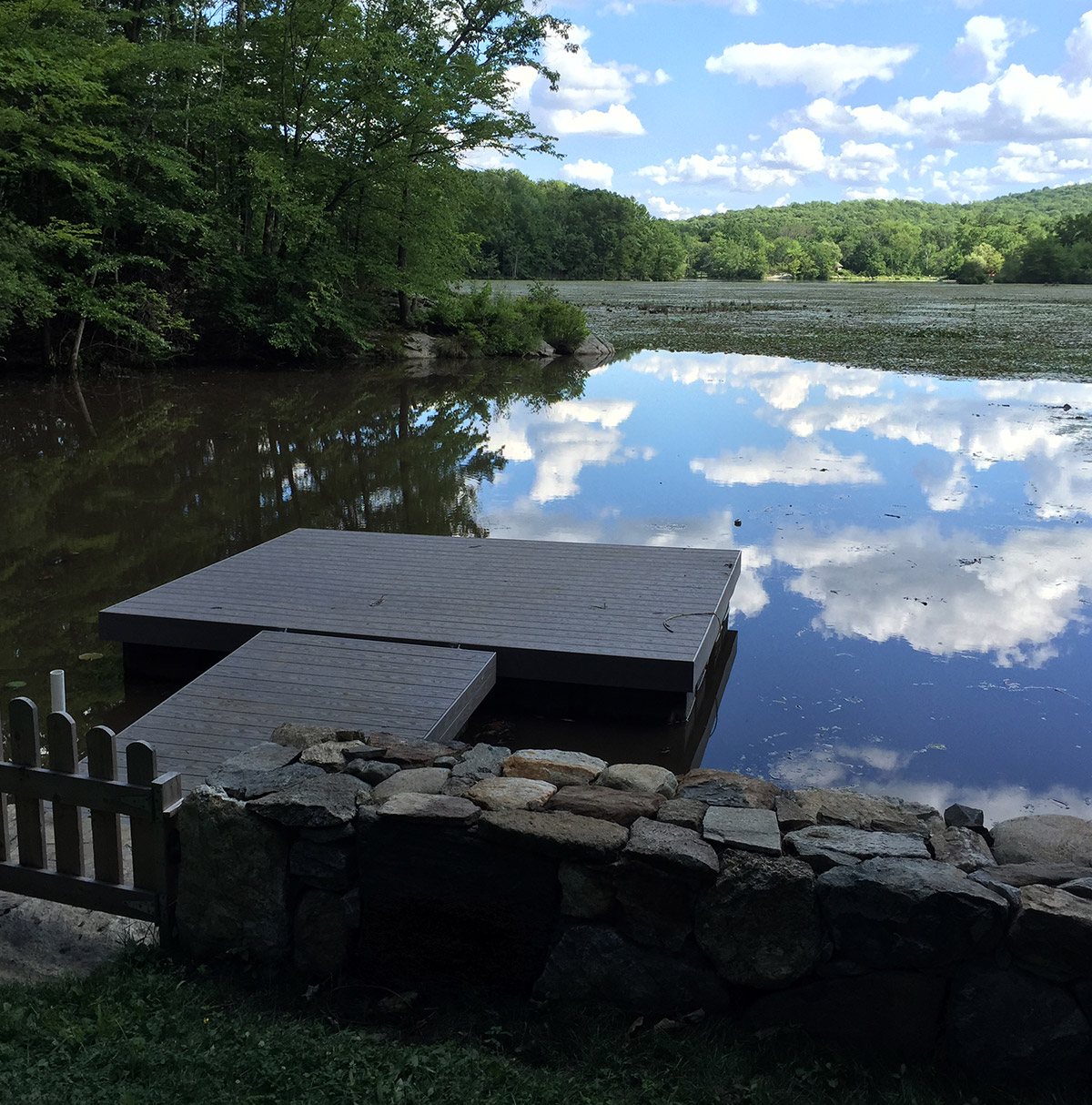Dredging Estimator
Free Suction or Hydraulic Dredging Cost Estimator.
Estimate the cost of restoring your pond using suction or hydraulic dredging. Our free suction dredging cost estimator can give you a better idea how much sediment is in your body of water, and what it will cost to remove it.
Enter the information below, click submit, and receive a general price estimate to dredge your pond! While we may follow-up on your submission via email, we will never sell your information. You can rest assured that your information will remain completely safe and protected.
You will need an accurate estimate on the square footage of your pond or waterfront.
Using a tool such as Bing Maps, you can determine the area of the pond. Google Earth Pro and DraftLogic also offer similar free tools utilizing Google Maps imagery. Just use whichever tool offers the least obstructed view of your pond or waterfront.
You will need an average depth of sediment for the pond or the area requiring dredging.
To generate this figure it is a bit more tricky and there are several ways to do this:
- Get a bit dirty! Get in your pond and use a marked pole (with tape marking off each foot) to probe the sediment depth. Do not be afraid to push quite forcefully down into the sediment as sometimes there are crusted layers of material with additional sediment below.
- Hire a company to generate a bathymetric map using sonar.
- Use a marked pole to measure sediment from a boat. This is likely the least accurate way to measure as the ability to penetrate harder substrates that are not the “true bottom” is questionable.
Do some basic math to get an understanding and average of the depth of sediment.
Example: 8,442 Square Feet X’s 1.5 Feet = 12,663 Cubic Feet
However, almost all pricing for dredging in the United States is calculated in cubic yards. There are 3 feet in a yard, and since we are dealing with cubic feet at the moment, we must convert this number. A cubic yard is a unit of measure to represent the volume of 1 yard x 1 yard x 1 yard. This can also be done in feet with the volume equation 3 X 3 X 3, which is equal to 27. To convert the cubic footage into cubic yards, simply divide the cubic feet by 27. This will yield your wet cubic yards total: 12,663 Cubic Feet ÷ 27 = 469 Cubic Yards.
Now you are ready to use the free dredging estimator!
Receive the instant estimate
Please keep in mind that this is a relatively loose estimate. While the numbers you receive should be fairly accurate, please contact us to come out and inspect the proposed work site to receive a firm price quote. There are some factors that need to be assessed on site to determine feasibility and a true cost.
Estimates are always free within a 60 mile radius.


Calculate Dredging Cost
$
Estimated Dredging Costs(actual costs may vary based on a variety of site factors)
$
Estimated Dredging Costs(actual costs may vary based on a variety of site factors)
Find out why we’re the best.
We offer the most advanced technology to completely transform your waterfront.

